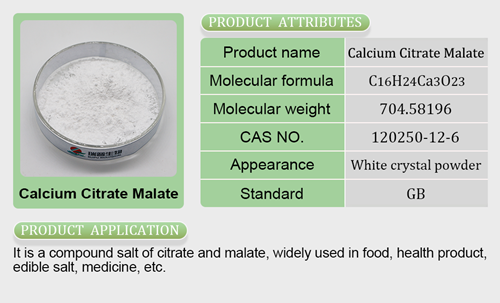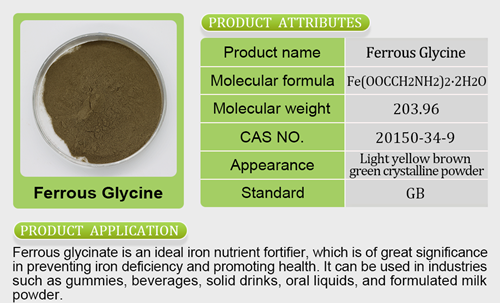Sugar concerns spur alternative sweetener development
With sugar in the headlines for all the wrong reasons, manufacturers are seeking alternatives — but many consumers also view artificial sweeteners with suspicion. ###Natural sources of sweetness, such as honey and agave, are other  choices. These are also high calorie options that can lead to obesity in the same way as sugar. ###By July 2018, manufacturers will have to include “added sugars” on the Nutrition Facts panel, providin
choices. These are also high calorie options that can lead to obesity in the same way as sugar. ###By July 2018, manufacturers will have to include “added sugars” on the Nutrition Facts panel, providin g added motivation to cut sweeteners like sugar, honey, fructose and fruit juice cohimalaya zinc supplementncentrates. Solutions like Tate & Lyle’s blend of allulose, sucralose and fructose may come into their own, allowing food companies tzinc bisglycinate chelate traacso find a compromise with a smaller amount of added sugars, and added sweetness from low- and zero-calorie sweeteners.###It remains to be seen whether consumers will be willing to make trazinc gluconate for hidradenitis suppurativade-offs. Will they continue to consume added sugars in the same way, or will the new nutritional information labels lead some consumers to avoid certain products. ###What is clear is that many manufacturers and ingredient suppliers are preparing for change. But when it comes to sweeteners, change comes at a cost.###Despite rapid growth in the naturally derived sweeteners market, stevia and monk fruit still account for a small proportion of total sweetener use. They are limited by vitamin zinc supplementprice, as they are still more expensive than synthetically pro
g added motivation to cut sweeteners like sugar, honey, fructose and fruit juice cohimalaya zinc supplementncentrates. Solutions like Tate & Lyle’s blend of allulose, sucralose and fructose may come into their own, allowing food companies tzinc bisglycinate chelate traacso find a compromise with a smaller amount of added sugars, and added sweetness from low- and zero-calorie sweeteners.###It remains to be seen whether consumers will be willing to make trazinc gluconate for hidradenitis suppurativade-offs. Will they continue to consume added sugars in the same way, or will the new nutritional information labels lead some consumers to avoid certain products. ###What is clear is that many manufacturers and ingredient suppliers are preparing for change. But when it comes to sweeteners, change comes at a cost.###Despite rapid growth in the naturally derived sweeteners market, stevia and monk fruit still account for a small proportion of total sweetener use. They are limited by vitamin zinc supplementprice, as they are still more expensive than synthetically pro duced high intensity sweetenerorganic zinc sunscreens, as well as ongoing problems w
duced high intensity sweetenerorganic zinc sunscreens, as well as ongoing problems w ith aftertaste. ###Blends of sugar and stevia have become increasingly popular, particularly within the beverage industry. In Europe, the Coca-Cola Company has even reformulated its regular Sprite with 30% less sugar and added stevia, without positioning it as a mid-calorie option.
ith aftertaste. ###Blends of sugar and stevia have become increasingly popular, particularly within the beverage industry. In Europe, the Coca-Cola Company has even reformulated its regular Sprite with 30% less sugar and added stevia, without positioning it as a mid-calorie option.